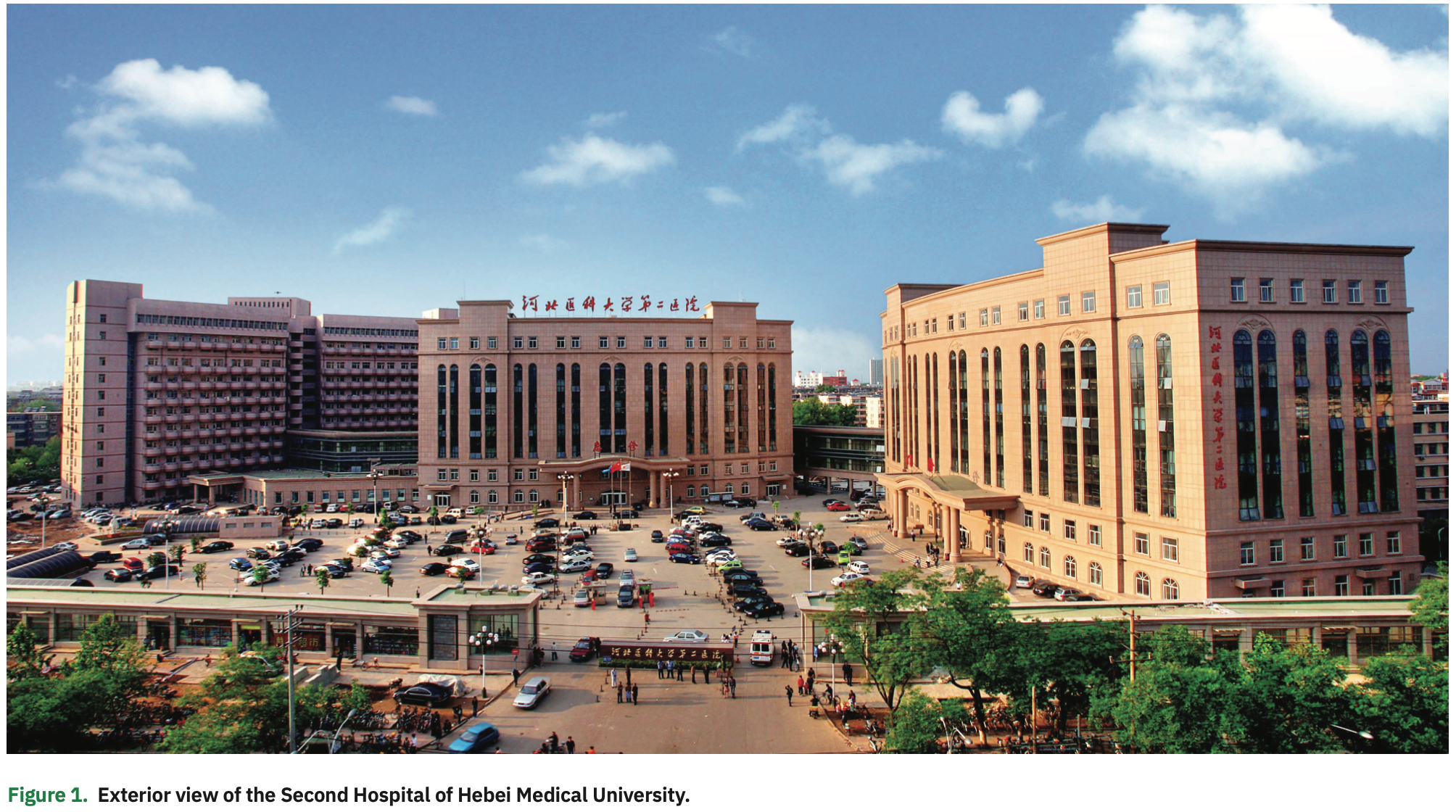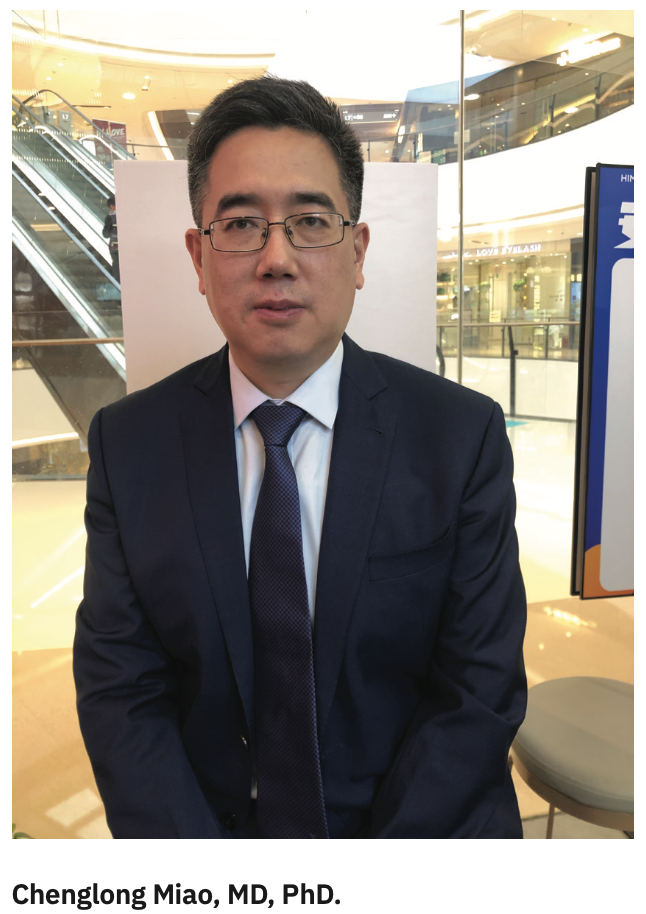ADVERTISEMENT
COVID-19 Perspectives: Update From the Second Hospital of Hebei Medical University
In EP Lab Digest’s November 2019 issue, we featured the EP program at the Second Hospital of Hebei Medical University, located in the city of Shijiazhuang, the capital of the Hebei Province, approximately 280 kilometers south of Beijing, China. In this interview, Yan Jia, MD, PhD and Chenglong Miao, MD, PhD provide an update about their program’s experience during the COVID-19 pandemic.
Describe what was taking place in your area at the start of the pandemic. When did COVID-19 cases first appear in your region? What was the incidence of confirmed COVID-19 cases and deaths in your region during the peak?
The first case of COVID-19 in the city of Shijiazhuang was confirmed at the end of January 2020. A total of 29 confirmed cases have been reported so far in Shijiazhuang, most of them detected during the period between January to March 2020. All of these cases were hospitalized to receive free medical treatment, and none of them died of COVID-19. Currently, no new cases have been detected over the past few months. At the early stage of the COVID-19 pandemic, the Second Hospital of Hebei Medical University, where our EP center is located, began to revise its management of patients and their accompanying family members. Appointments were fully implemented at outpatient clinics, and no more than one accompanying family member was allowed for each patient.
What were some of the critical challenges faced during that time? Was your EP lab temporarily closed? Did you experience PPE shortages? Did staff members become ill?
During the peak of the COVID-19 pandemic from January to March, some medical staff were transferred from various departments to support the Fever Clinic. In order to protect the intern students, all their clinical practicum was suspended. Therefore, a relative shortage of medical staff became the main challenge during the pandemic. At the same time, the EP center stayed open and sterilization measures in the catheterization lab were strengthened. Lab detection for the COVID-19 virus was also intensified among patients and their family members. There were no shortages of personal protective equipment across the city. Fortunately, cardiologists in the Shijiazhuang region stayed healthy, and none of the medical staff in the region were infected with the COVID-19 virus.
What are some of the ongoing challenges that your program is facing during this time?
At present, with the improving situation of the pandemic, the number of inpatients in the cardiology department has increased significantly. The number of patients undergoing EP procedures has also been gradually increasing. The EP program has been restored to its pre-pandemic situation.
What policies are in place now for preprocedural COVID-19 testing for patients and staff?
All medical staff, hospitalized patients, and their accompanying family members are expected to undergo COVID-19 virus nucleic acid testing. All hospitalized patients should undergo a chest CT scan to exclude atypical COVID-19 infection before their procedure.
What changes have been made as a result of the pandemic?
The regular academic communication in our EP lab was changed to an online format. More stringent and frequent cleaning work has been implemented.
Are your patients fearful about returning to a health care setting amid the pandemic?
During the peak of the pandemic, the number of outpatients and inpatients decreased significantly. Patients with mild illness who previously chose to seek medical treatments at a hospital now preferred to consult with a doctor online, unless their conditions worsened after observation. Since the pandemic has stabilized here, patients’ intentions to seek medical treatment has gradually increased and begun to resume similar to that in the non-pandemic period.
Describe the impact that the pandemic had on your EP program. What are some of the ways that your EP program has successfully adapted through this crisis? What are some of the lessons learned?
The COVID-19 pandemic has not generated a major impact on the EP program compared with other departments. Even though the number of medical staff was reduced, the work content of each electrophysiologist was reassigned to improve work efficiency. However, the workload of each medical staff has increased significantly compared with the previous period, which prolongs working time and aggravates working intensity.
Another major problem caused by the pandemic was the unavailability of face-to-face academic exchanges. We started to use conference software to complete online case discussions and academic communication, which not only reduced the risk of COVID-19 infection, but also saved the electrophysiologists’ time. Although the pandemic situation here is now stable, we are continuing to keep this adaptation.
See their Spotlight Interview from our November 2019 issue at: https://bit.ly/3c1sS5v














